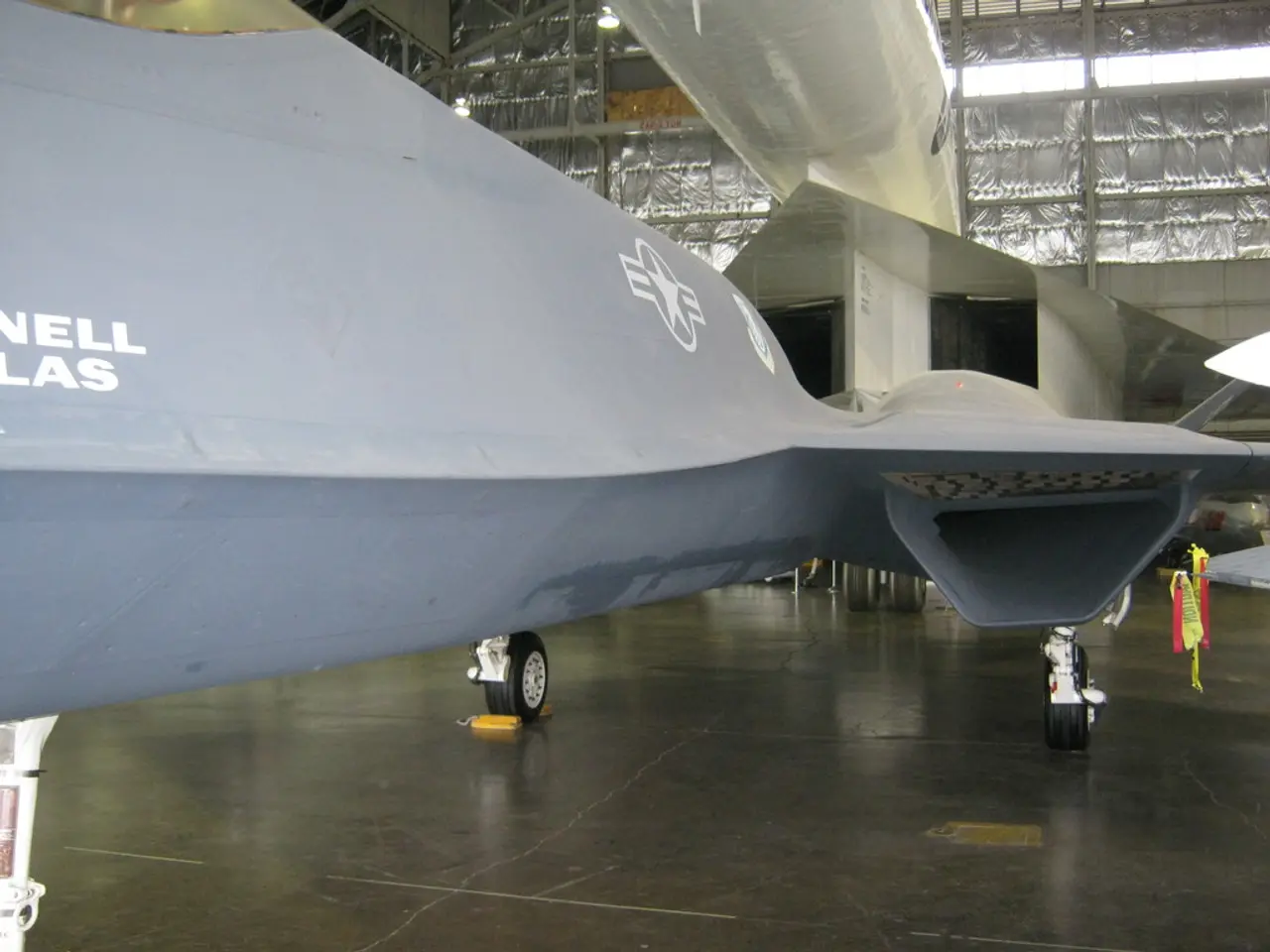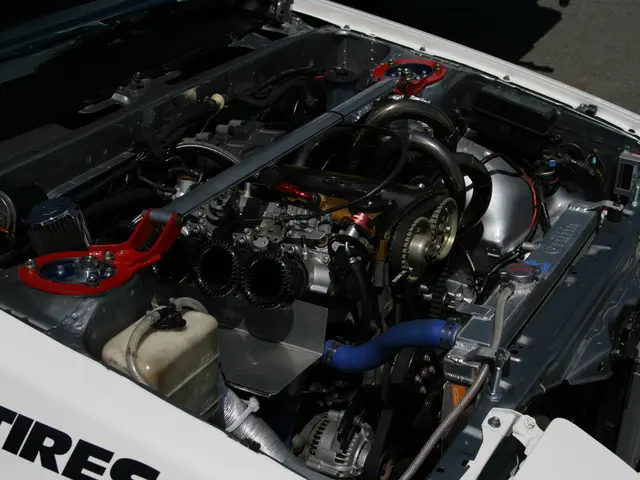Airline inspection points out substantial structural and financial failures in Spirit Airlines operations
Spirit Airlines Faces Financial Challenges Amidst Bankruptcy Filing
Spirit Airlines, the low-cost carrier known for its bright yellow planes, is currently navigating a difficult period. The airline has filed for Chapter 11 bankruptcy for the second time in twelve months, attributed to significant structural and financial weaknesses.
In the last two quarters, load factors for Spirit Airlines have fallen, reflecting weaker demand and network identity. This downturn is also evident in the airline's asset turnover, which dropped to 0.48 – well below the healthy benchmark of 0.7.
One of the factors contributing to Spirit's financial struggles is its young Airbus A320-family fleet. While this fleet simplifies operations and reduces fuel volatility, it also leads to larger leasing costs and costs associated with steeper depreciation.
The financial difficulties of 2024 were primarily triggered by the withdrawal of the major aircraft lessor AerCap from a crucial fleet deal. This caused a loss of confidence among key partners and highlighted structural weaknesses in Spirit's financing and operational management.
In an effort to restructure and regain profitability, Spirit Airlines aims to cut operating costs, optimize its route network, and downsize its fleet. The company's future depends on the success of this restructuring or a potential acquisition by Frontier Airlines.
IBA's data shows that Spirit's EBIT margin declined more steeply than any other US low-cost carrier from Q4-22 to Q2-25. IBA Insight's proprietary risk score also indicates severe imbalances in Spirit's operational and financial metrics.
Neil Fraser (CFA) noted that Spirit Airlines has been in the news for the wrong reasons lately. The airline has witnessed a steep decline in passenger numbers over the past few years, and its net profit and EBIT margins remained below -20% in 2024, while the interest coverage ratio fell to -6.47.
Despite these challenges, Spirit Airlines has implemented some successful strategies. Premium product trials delivered a 6.9% yield increase in Q2. The airline may also consider pivoting its product, as Southwest Airlines has done, or focusing on the riskier LCC approach of making new markets.
It's important to note that the Court has allowed Spirit Airlines to continue operations during the Chapter 11 proceedings. The ULCC model faces viability questions in the US, where operating costs remain elevated. Only three of Spirit's top ten routes hold more than 20% market share as of July 2025, down from five the previous year, further highlighting the challenges the airline faces.
In a bid to strengthen its financial position, Spirit Airlines sold 23 owned aircraft for US $500m as part of its fleet management. The airline will undoubtedly need to continue implementing such strategies to navigate its current financial difficulties and secure a sustainable future.
Read also:
- Federal Funding Supports Increase in Family Medicine Residency Program, Focusing on Rural Health Developments
- Potential Role of DHA in Shielding the Brain from Saturated Fats?
- Alternative Gentle Retinoid: Exploring Bakuchiol Salicylate for Sensitive Skin
- Hanoi initiates a trial program for rabies control, along with efforts to facilitate the transition from the dog and cat meat trade industry.








